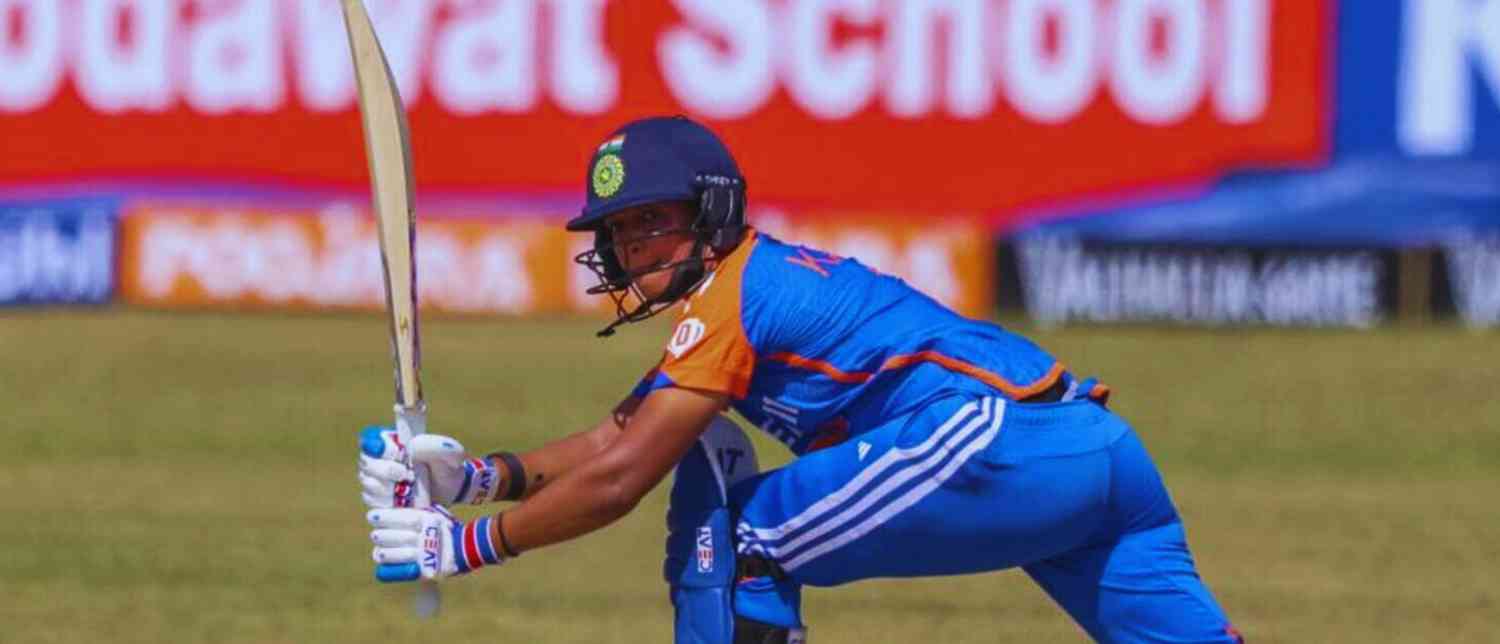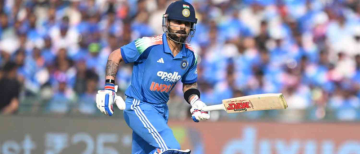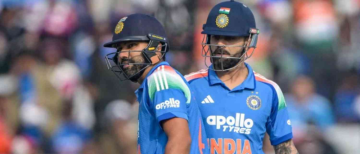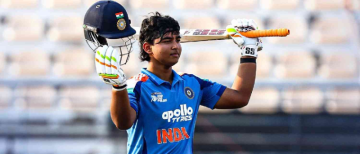India’s women’s cricket team faced a tough night on Thursday as they lost to South Africa in a crucial match that exposed familiar cracks in their batting order. Captain Harmanpreet Kaur didn’t hold back in her post-match remarks, admitting that the “top batting order failed to deliver” at a stage when the team needed them the most. The defeat not only dented India’s confidence but also raised important questions about their readiness for upcoming international fixtures.
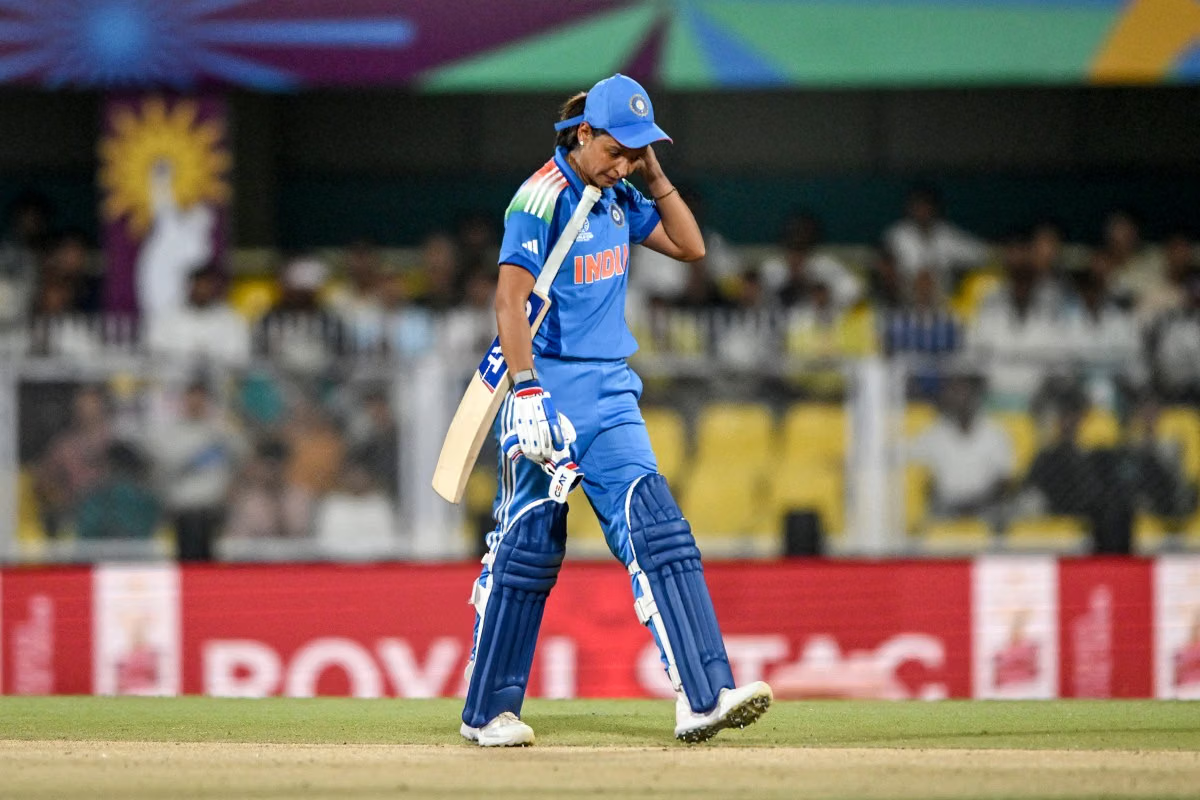
From the very beginning, India’s innings failed to gain momentum. The top three batters, usually known for providing a solid start, struggled against South Africa’s disciplined bowling attack. The openers fell cheaply, leaving a heavy burden on the middle order far too early.
Harmanpreet Kaur noted that such collapses are becoming a worrying pattern. “It’s not about one game, we’ve had concerns about our starts for a while,” she said after the match. Her comments highlight a key issue in India’s recent performances – inconsistency at the top, especially during powerplays when early breakthroughs often swing the match.
South Africa’s bowlers were precise with their lines and lengths, refusing to offer scoring opportunities. Their spinners, too, controlled the middle overs smartly, forcing India into defensive play. By the halfway mark, India’s run rate had dipped below five per over, putting pressure on the remaining batters.
Amid the collapse, Harmanpreet once again stood tall with a fighting knock. Her innings was marked by calmness and determination, but the lack of partnerships left her with little support. Smriti Mandhana’s early dismissal and Shafali Verma’s mistimed shot added to the woes. Jemimah Rodrigues tried to consolidate, but an unfortunate run-out ended her stay too soon.
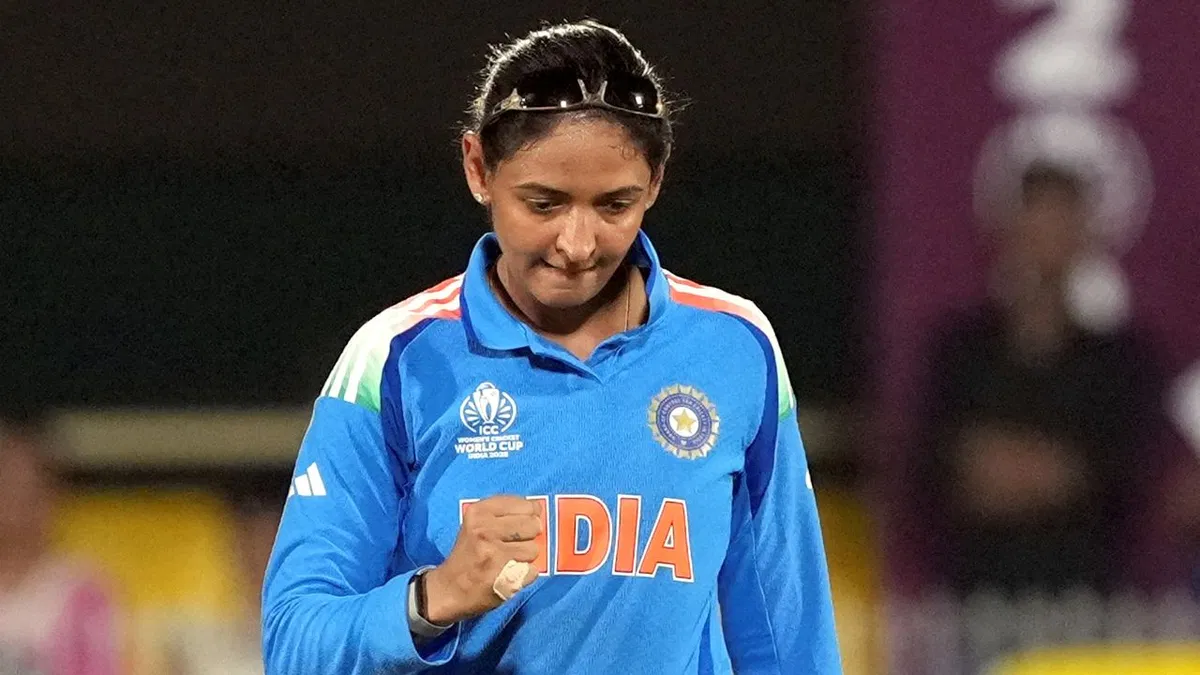
Harmanpreet’s form remains one of the few bright spots for India. In her reflection, she pointed out that “partnerships win matches, not individual performances”, a reminder of how cricket remains a team effort. Her message seemed directed not only at her teammates but also at the team’s support staff, hinting that a tactical review might be necessary before the next game.
Chasing a modest total, South Africa looked confident from the start. Their top order executed the plan perfectly, rotating strikes and punishing loose deliveries. Laura Wolvaardt and Tazmin Brits anchored the chase with patience and precision, ensuring there were no unnecessary risks. Even when spin came into play, their batting looked composed against India’s bowlers.
India’s bowlers did put up a brief fight, with Deepti Sharma taking two quick wickets, but the target was too low to create real pressure. The fielding, too, was below par with a couple of dropped catches adding to the frustration.
By the end, South Africa crossed the finish line with several overs to spare, sealing a comfortable victory that underlined their growing consistency in global women’s cricket.
This loss is more than just a single defeat; it reflects an ongoing concern about India’s batting structure. The experienced names at the top have not consistently provided the starts required in modern limited-overs cricket, which puts extra pressure on the lower middle order to repair the innings.
From a broader perspective, India’s women’s team finds itself at a crucial stage in its development. The talent is clearly there—players like Shafali, Mandhana, and Rodrigues have shown brilliance in the past—but translating that talent into reliable performances remains the challenge.
Several cricket analysts believe that India might need to rethink their batting combinations. The balance between power-hitters and accumulators needs refinement, while mental approach during high-pressure run chases clearly requires confidence building. More exposure to domestic T20 leagues could also help younger players adapt to intense match scenarios.
For Harmanpreet Kaur, the next few matches will be a true test of leadership. Known for her composure and fighting spirit, she must now steer the team towards greater consistency. Her honest assessment after the loss reflects accountability, but it will also demand quick results on the field.
India’s focus will now shift to training sessions that strengthen shot selection, strike rotation, and communication between batters. South Africa’s disciplined approach on Thursday should serve as a blueprint for India—showing how patience and planning can win matches in limited-overs cricket.
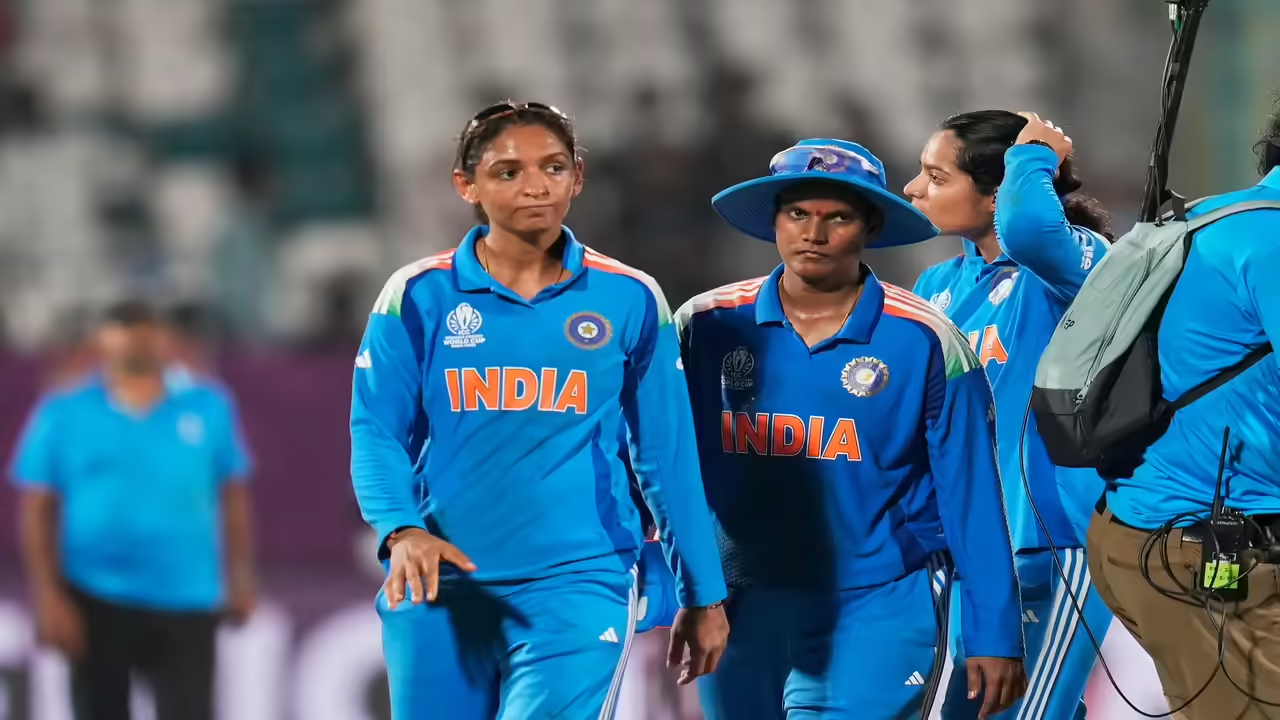
While the defeat hurts, Harmanpreet’s candour after the match offers hope. Acknowledging the weaknesses is often the first step towards correcting them. If India can translate her words into action, fans may soon see the side returning to its winning ways.
With inputs from agencies
Image Source: Multiple agencies
© Copyright 2025. All Rights Reserved. Powered by Vygr Media.

